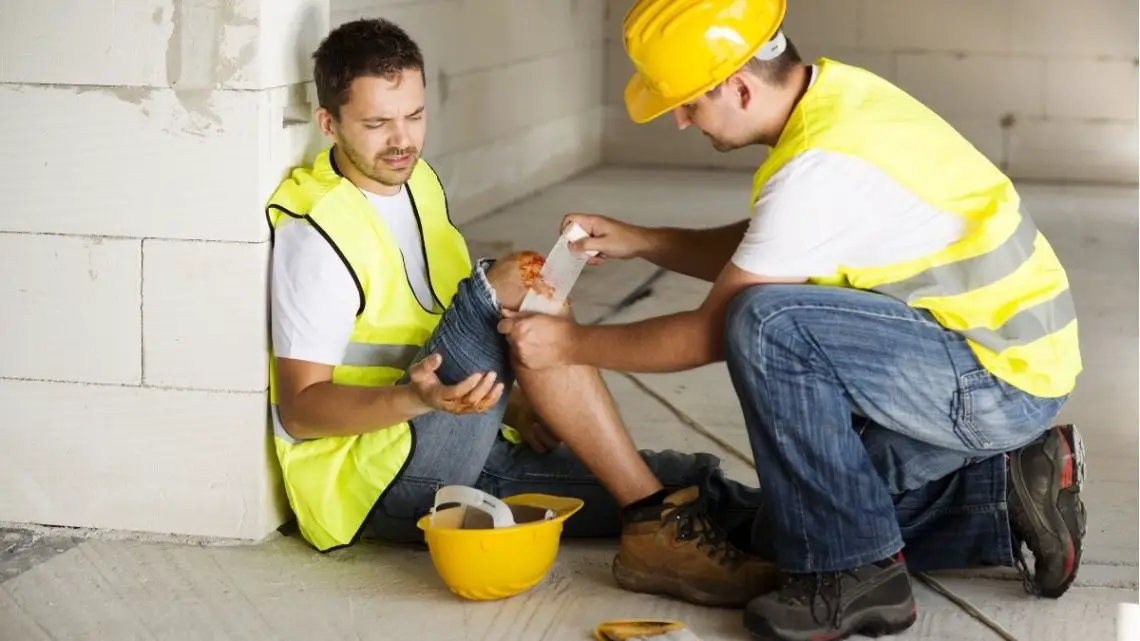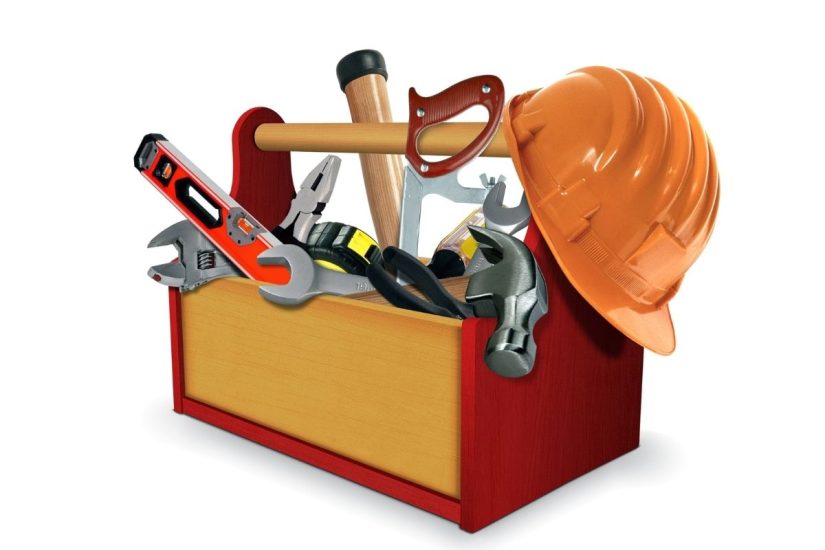
Simple Ways to Minimize Injury in Construction
May 16, 2022As an industry, construction is relatively dangerous.
According to the Health and Safety Executive, around 74,000 construction workers suffered from work-related ill-health in the three years between 2018 and 2021.
This is a bad thing not only for ethical reasons but because of the loss of productivity that results. It’s expensive and inefficient to have workers laid off with long-term injuries. It’s therefore easy to justify taking steps to minimize the likelihood of those injuries occurring.
But exactly what might those steps look like? Let’s take a look at some of them.
Training
Training in health and safety should be a mandatory part of your onboarding process. Every worker on every site should be aware of their responsibilities. If the role involves the use of specific tools and machinery or presents special risks, then the training you provide should account for that.
Protective Equipment
Personal protective equipment is especially useful on a construction site. The exact type of equipment will depend on the work being done. In general, all workers should be wearing hard hats, especially when there’s a danger of items falling from overhead. Other items, like protective gloves, might be similarly useful.
By having arrangements in place with your PPE suppliers, you’ll be able to ensure that the appropriate equipment is always available to your site workers. Look for equipment that’s comfortable and practical, and listen to feedback offered by your workers.

Tools and Equipment
As well as the equipment that your workers use to protect themselves, you should also be thinking about the equipment they use to actually do the work. A tool that’s blunt and ineffective might be more dangerous than one that’s razor-sharp, as it might force the worker to take actions that they might not otherwise.
Also note that some of your workers might be left-handed, so making special arrangements for them might be worthwhile. Finally, think about putting a rota in place for the care and maintenance of your tools. That way, you can be sure that you aren’t having to put up with equipment that’s been lying around for months on end.
Take Frequent Breaks
Tiredness correlates strongly with a lack of concentration, which can be brought about by chronic sleep deprivation. When a worker is tired, they not only put themselves at risk but put other workers at risk, too. It’s worth therefore establishing rules on how often and how intensely a given worker is being asked to contribute. You might also think about mandating breaks within a given shift. A ten-minute break every two hours, along with a half-hour break for lunch, should be considered a minimum. You’ll suffer fewer injuries as a result!



 With over 15 years of reporting hydrogen news, we are your premier source for the latest updates and insights in hydrogen and renewable energy.
With over 15 years of reporting hydrogen news, we are your premier source for the latest updates and insights in hydrogen and renewable energy.